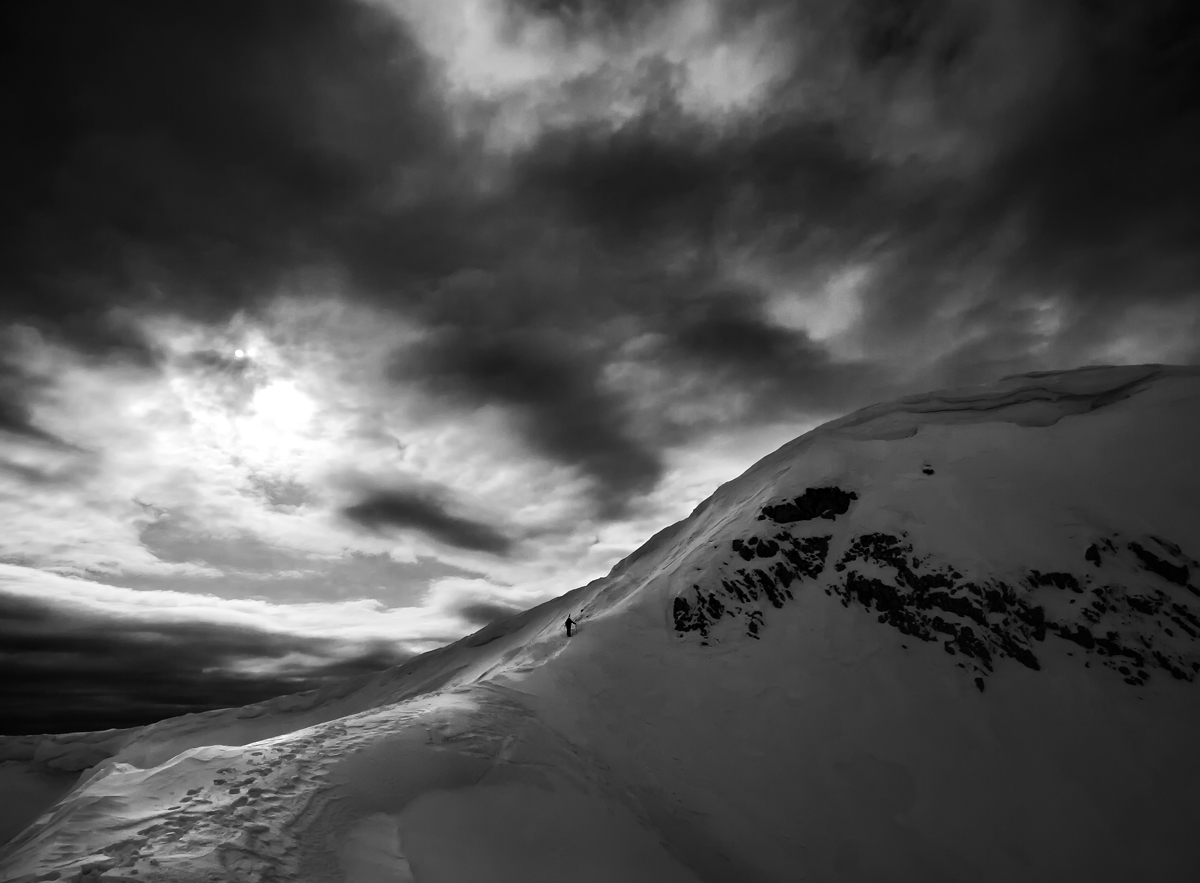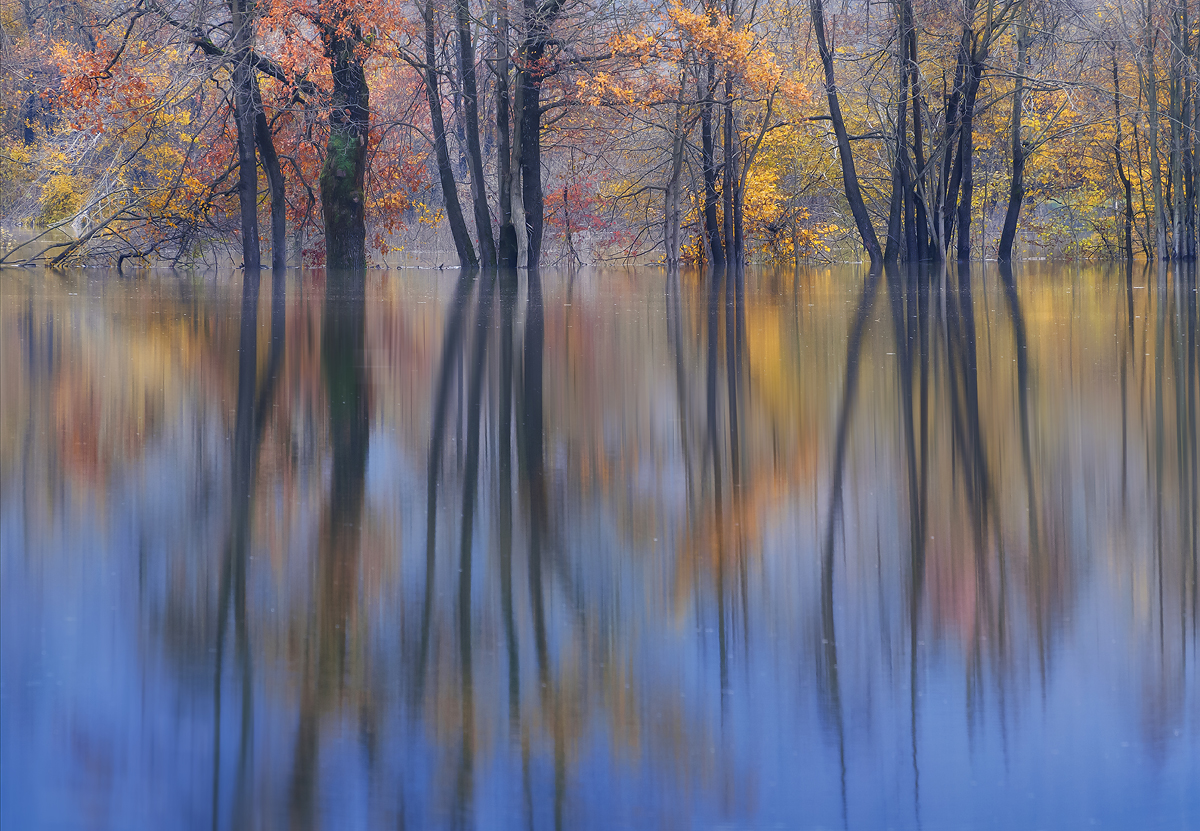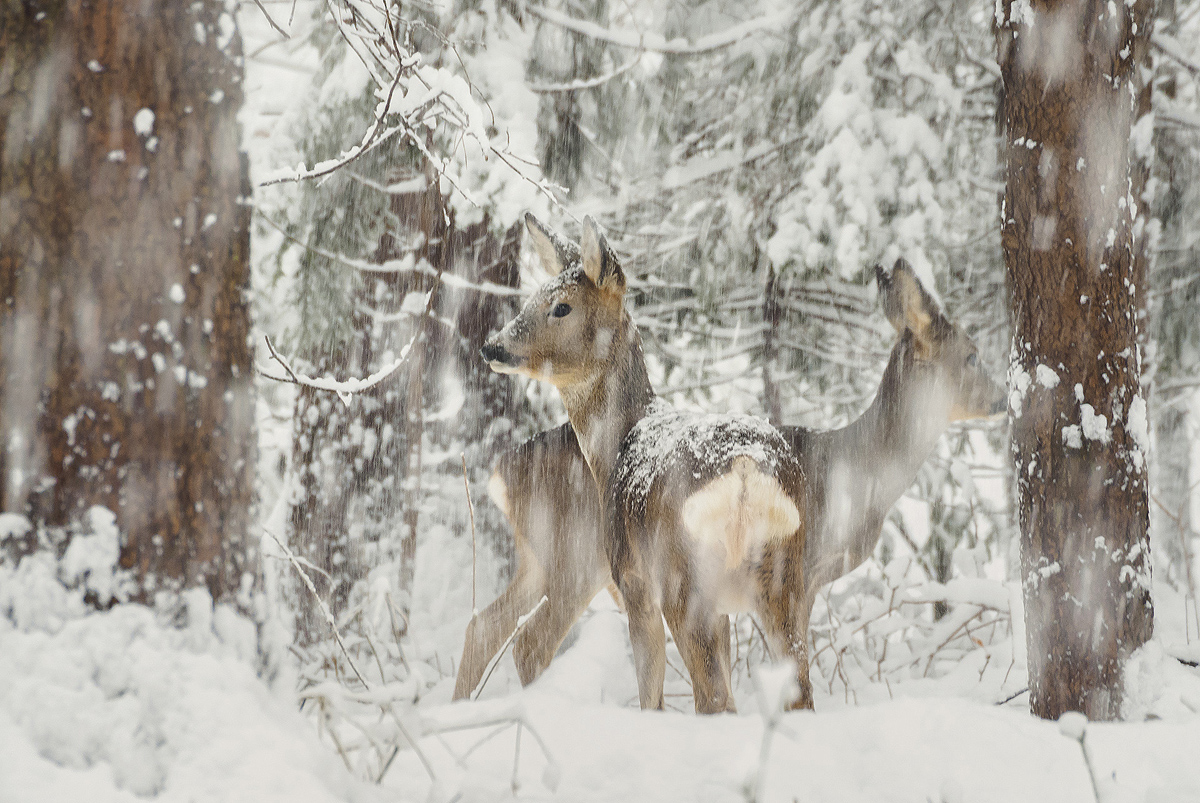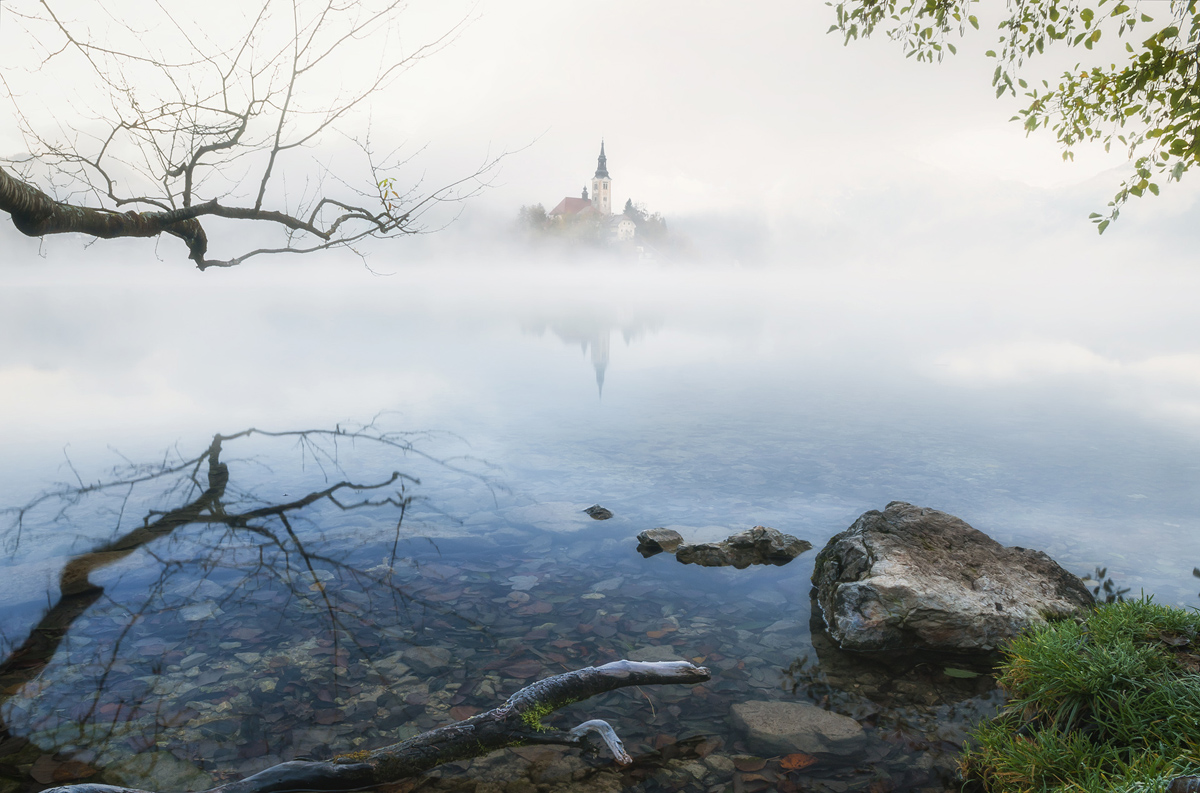Aleš Komovec was born in Kranj, Slovenia where he still lives. He finished High School for Media and Graphics in Ljubljana and works as a printer and graphic artist. Aleš is an amateur photographer; his interest in photography started more than nine years ago. He likes all the genres of photographic art, but mostly is captivated by nature and landscape. He is well known for his colourful, panoramic Slovenian landscapes. His images are published on many web galleries. Since 2009 he is a member of Photographic society of Janez Puhar Kranj. Aleš took part in several solo and group exhibitions; he also won several awards and acknowledgements in major photographic competitions.

1. What was your path to become a photographer?
I started photography more seriously in 2006 when I bought myself first DSLR camera. When I was a kid my dream was to study at Academy of Fine Arts and Design, but at the end I became a printing artist. Being graphic technician and printer by profession I already possessed some basic knowledge about the composition and harmonic colour combinations. I spent a lot of time in nature, especially in mountains, I like snowboarding mountain biking and some other sports. Since 2009 I’m a member of Photo society Janez Puhar Kranj.
2. Do you prefer to photograph close to home or do you find faraway places more inspiring? Are there any special places that inspire you the most to create new work?
I rarely search for nice location intentionally. I simply follow the instinct. I am visiting the places I like and places my fellow colleagues recommend. I do not travel a lot, but when I do it’s mostly for a few days. I am not merely landscape photographer since I am uniquely inspired by other photo genres as well.
3. Are you a meticulous pre-planer or do you prefer creating images spontaneously? Do you revisit your favourite places many times to achieve the required result? Can you tell us more about your method of working?
I spent a lot of time in nature, especially in mountains. At the beginning I was especially mesmerized by macro world, but lately I am more focused on landscape. For me it is more important to catch the right moment, season, time and colours and having a great time, than simply take a picture of a beautiful location. There are no rules about what makes a picture a good picture. Sometimes it’s drama, clouds, special light, you never know what will happen. I made most of my best photos when I was least expecting something beautiful is going to happen. When I am on the sight I am mostly focusing on the composition and the best possible exposition.

4. Terra Quantum displays themes and series portfolios; do you like working to the project/series/theme or find creating individual images more rewarding?
I'm not a storyteller, my pictures don't have a deep meaning, I'm just trying to show the world we live in in the way I see it thru my own eyes. I’m more fan to single photos, but I have some series too, but they came unintentionally, thru the years, when photographing similar things.
5. Can you tell us a bit more about one chosen photograph – what is the story behind it, when/why/how it was created?
About the Photo; Camera; Olympus OM-D EM1, Sigma 50-500, Title; Red line.
The photo was taken in October 2016 in South Moravia, Chech Republic during a three day photography trip. I went there with a couple of friends. Due to a heavy fog we weren't lucky at this spot, until the last morning, when the weather cleared enough to take this photo. I took seven vertical shots at 50mm and then stitched them in to panorama. Obviously it was worth waiting, I won the Sony World Photography National Award 2017 for this picture.

6. Colour, b&w or both? How do you decide about the elimination or inclusion of colour and why. When do you decide about it - in the field or during the post processing?
Colour or black & white? Both. It’s hard to avoid colours when you shoot in beautiful morning or evening light, but sometimes colours are unnecessary. With all these years of taking photos I somehow know on the spot whether it’s gonna be colour or black and white, and what will I do when I’ll come home.
7. Do you find printing your images yourself as an integral part of image creation or do you use professional labs? How important is the choice of paper for you?
I don’t print my photos by myself. I’m using professional labs. It’s still by my opinion too expensive to own a high end printer and use it just for a few days in a year. I usually choose between matt photo paper and canvas which gives photos more picturesque or artistic look.

8. Do you think that social media is killing photography or playing an important role in promoting your work? How involved are you in your online presence?
I’m a self-taught amateur photographer, and I've gathered most of my knowledge mostly from dedicated photographic websites and advices from other photographers sharing their opinions about my photos on web galleries. So I think the social media played a big role in my photography life. I am still publishing my work on some of the web galleries and Facebook, It’s somehow good for promotion, but I think that printed exhibitions are still the best way to show your work.
9. Do you have any plans for exhibitions, books or any interesting projects coming? Can you tell us a bit more about your artistic plans for the next couple of years?
I don’t have any special plans for the future. Just go with the flow and have a nice time. Every year I publish a calendar and it will be a ninth edition next year. I had seven solo exhibitions in the past, some group exhibitions and I’m planning to have another one in the nearby future, kind of retrospective exhibition of what I have done…
10. We are living on the most beautiful planet, yet it is over-burdened and over-polluted. As photography is an influential medium, do you use the power of your photographs to promote our Earth appreciation and environmental awareness? Any thoughts how photographers in general can become more involved in this important matter?
Photography is a strong media. I thing that besides showing all the beauties of the world we should also show the negative side of it. And I’m happy to see that is happening already.



